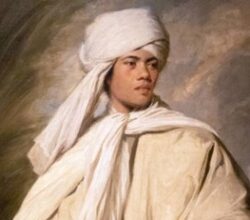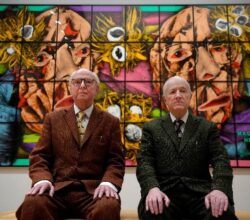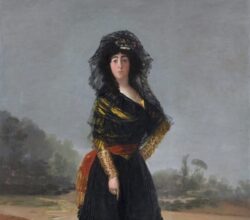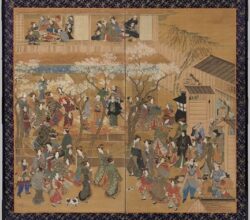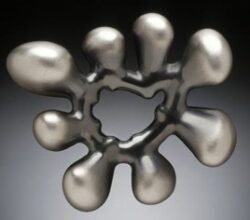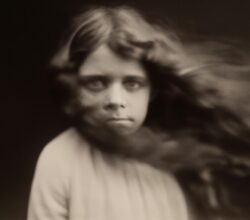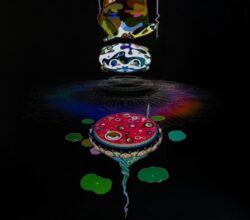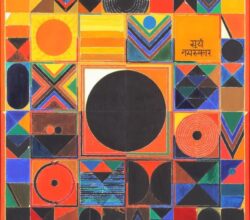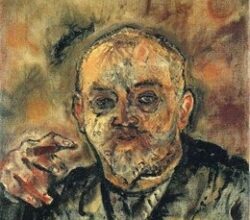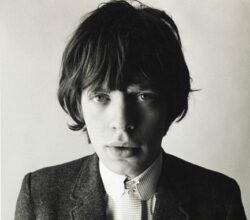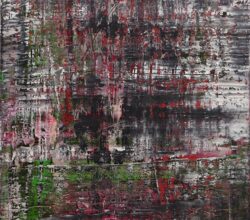
Gerhard Richter’s gift to Berlin now on show
Stefan Dege | DW.com | 1st April 2023
Looking to his legacy Richter has permanently loaned 100 works to a Berlin museum. A hugely valuable gift, its centerpiece is the Birkenau cycle, four abstract paintings inspired by photographs secretly taken inside Auschwitz-Birkenau. One critic describes these works as “something of a German national treasure” being an artistic response to the Holocaust and its horrors. Digital duplicates of the cycle hang in Germany’s Reichstag.

